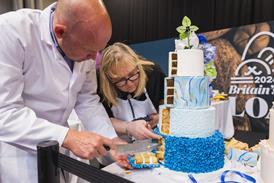Aulds enters a new era
Operating from three different factories on the same site in the space of less than two years is not an exercise Aulds managing director Alan Marr would like to repeat. But he recognises the experience has enabled his company to hone the design of its latest £7m production base to ...
To continue reading, register for free
You are what you read, registration is quick, easy and free. Just click register now and you’ll be finished faster than it takes you to butter a crumpet!
Don’t miss out:
- Unlimited access to content
- Regular newsletters to your inbox
- Save articles to read later on
- A more personalised experience
Already registered? Please log-in here


















